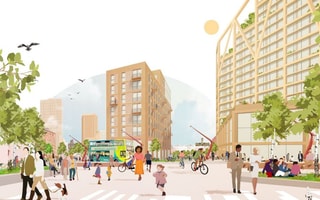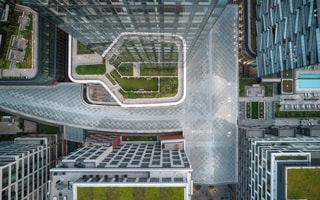Data centres: beyond a box
As the digital economy accelerates, Raymond Hoe explores how data centres can evolve from energy hungry infrastructure into circular energy hubs – supporting mixed use, low-carbon cities that are resilient, connected, and ready for the future.
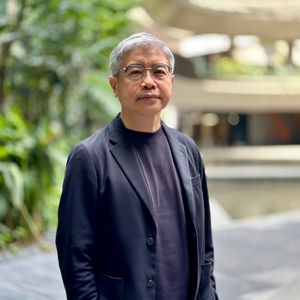
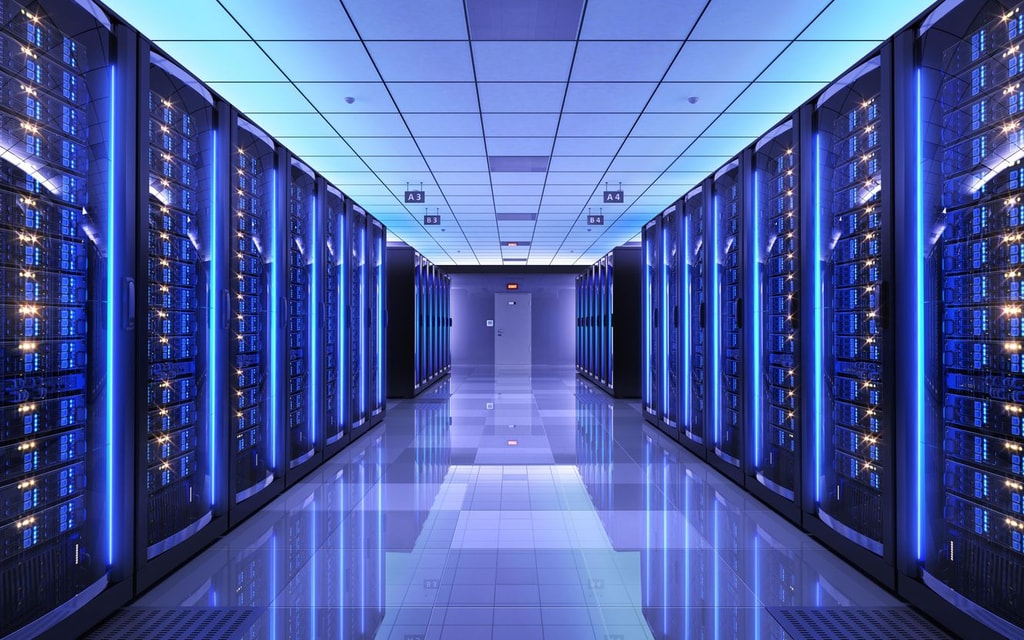
Today, more than four billion people live in cities, a number that continues to grow as urban areas expand to accommodate rising populations. With this growth comes an urgent need to design sustainable, energy efficient environments that attract investment, drive economic progress, and meet the demands of increasingly technology driven communities. As reliance on cloud computing, artificial intelligence (AI) and data driven technologies intensifies, data centres are becoming indispensable. driven by the need to support Cloud computing and AI applications, reduce latency, and cater to the growing interconnection between physical and digital environments
Data centres located either at the heart or fringe of the cities open an opportunity to reimagine their role. One of the most exciting opportunities lies in embracing energy circularity. Instead of consuming energy, these facilities can become energy providers. By integrating alternative energy solutions and repurposing waste energy from data centres, we can help power the localised, mixed use developments that will define the cities of the future.
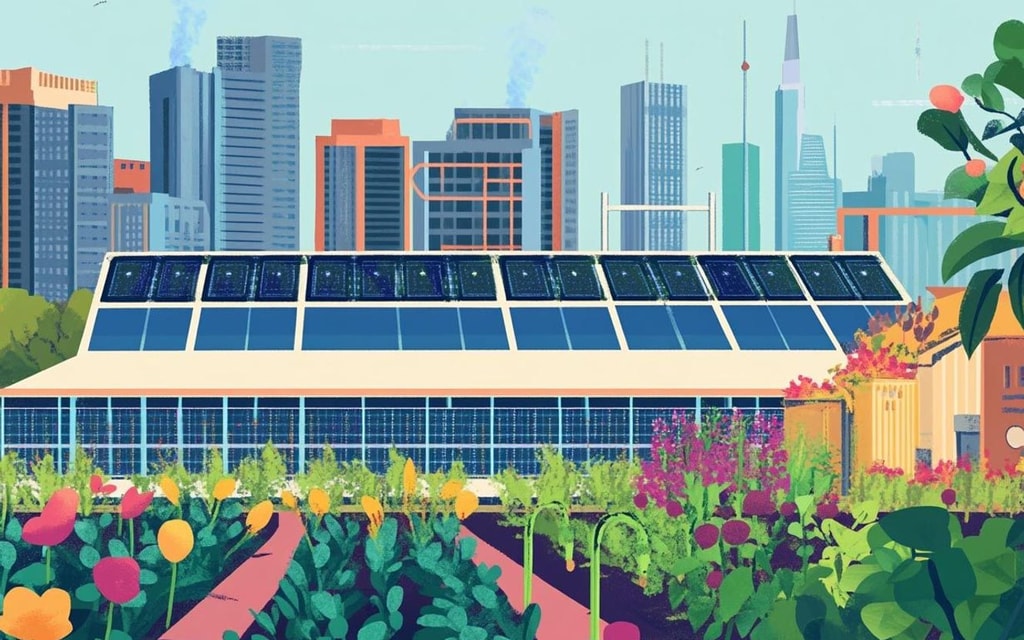
By capturing and reusing the significant waste energy they generate and combining it with renewable energy, data centres can power homes, businesses, and public services. For example, waste heat recovery systems can transfer surplus heat from data centres into district heating networks, offering an efficient and sustainable solution for urban energy needs while reducing demand on the main power grid.
This concept is already becoming a reality in places like Stockholm, where waste heat from data centres is used to supply a district heating network, reducing emissions and reliance on fossil fuels. In Japan, data centres are designed to propagate large scale cultivation of fish and vegetable farms using waste heat produced by the servers during winter.
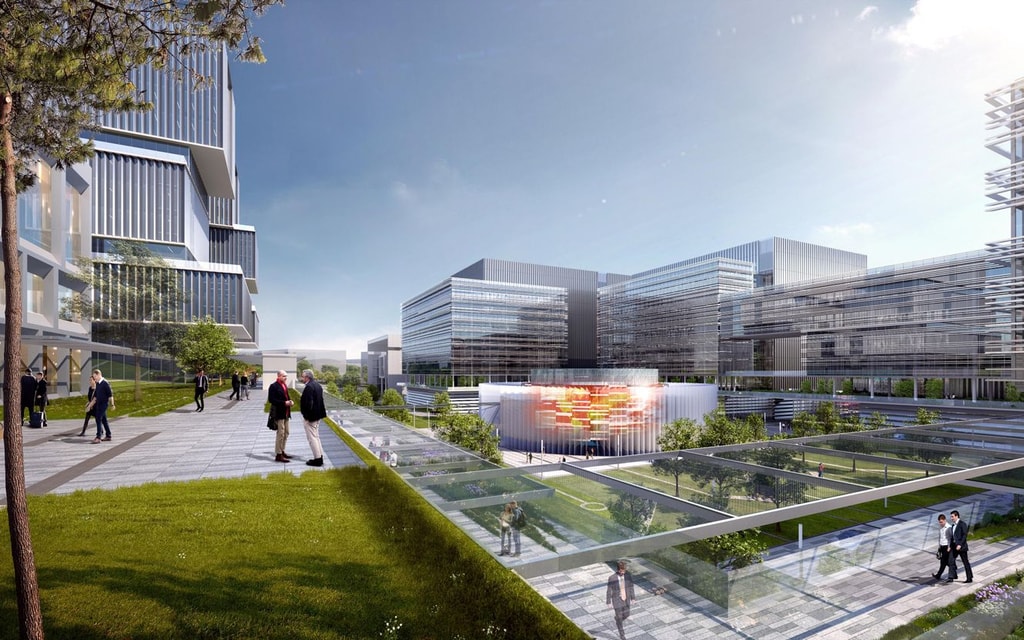
By embedding similar systems into city planning, urban areas can achieve greater energy circularity while supporting their growing populations and digital economies. Cities that adopt such approaches not only create more efficient energy systems but also provide a compelling framework for vibrant, mixed use developments.
At BDP, we believe that cities are good for us, at least they can and should be. They have the potential to be good for economic growth, for our quality of life and wellbeing, for arts and culture and for the environment. However too often, around the world, cities fail to live up to this potential. By integrating a mix of uses, cities can become more than hubs of economic activity. Mixed use developments create dynamic, adaptable spaces where people can live, work, shop, and socialise in close proximity, while also optimising the shared use of energy systems.
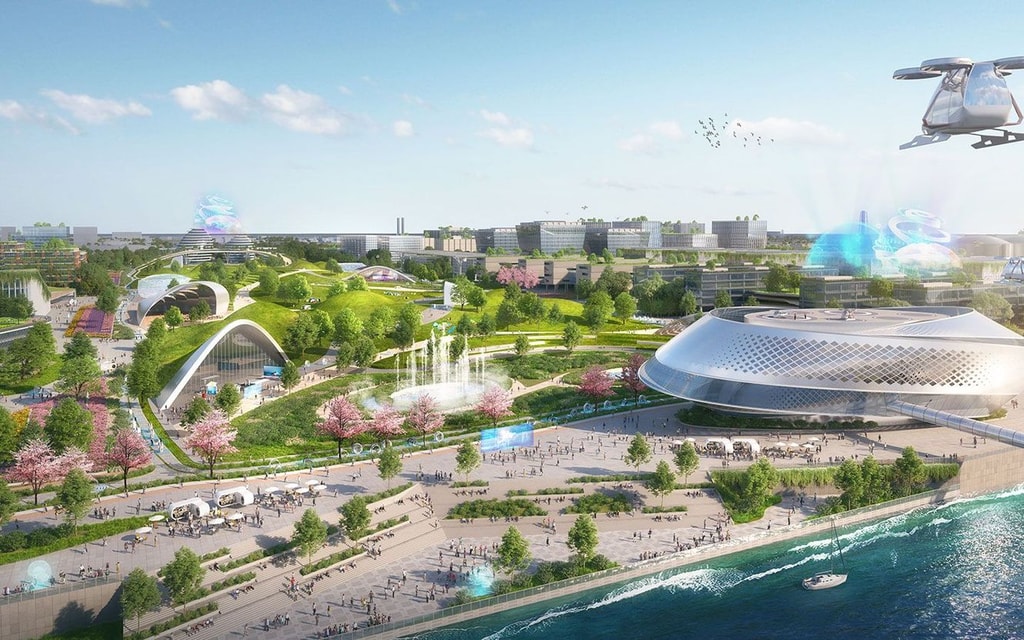
The future city block will be designed for a technology driven and sustainability focused era. It will include smart residential apartments, offices, and a mix of retail, leisure, creative industries, clean tech research facilities, logistics micro hubs, and edge data centres that can serve as micro energy hubs. Waste energy from these centres, combined with renewables, could power shops, heat or cool buildings, and support the use of robotics. This circular energy system aims to create a self sustaining urban environment with less dependence on the main power grid.
This approach encourages cities to think holistically about energy and placemaking, combining density with high quality of life. By designing walkable neighbourhoods with accessible public spaces, cities can bring people together in a way that energises communities while also addressing the environmental challenges of urban living. Incorporating data centres into this equation does not have to mean introducing cold, utilitarian infrastructure. Instead, these facilities can be designed with aesthetically intensified urban greenery and as proportional, multifunctional buildings that positively contribute to the streetscape comfort and the surrounding community.
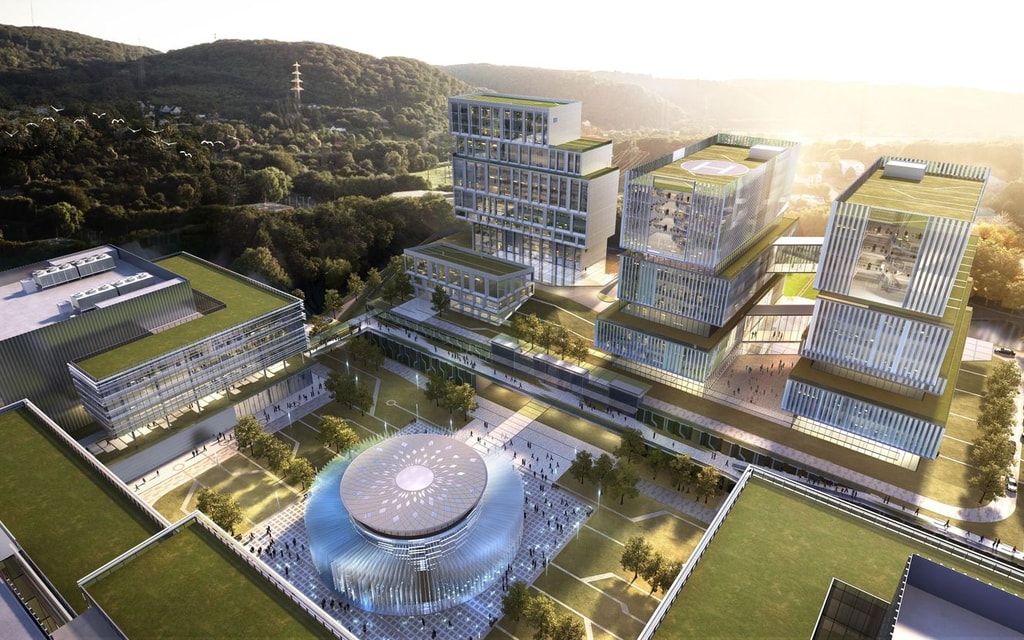
Transforming cities into energy efficient, mixed use hubs offers a strong opportunity for real estate investment. As inner city populations grow, so does the need for flexible, adaptable spaces that accommodate diverse uses. Investors can back developments that deliver financial returns while driving technological progress, sustainability, and improved urban living.
The inclusion of data centres adds a valuable dimension to urban regeneration. These facilities can serve as anchors for developments, drawing businesses that depend on high speed, low latency digital connections and providing energy solutions to surrounding areas. This approach promotes sustainable density, a key foundation for thriving urban economies.
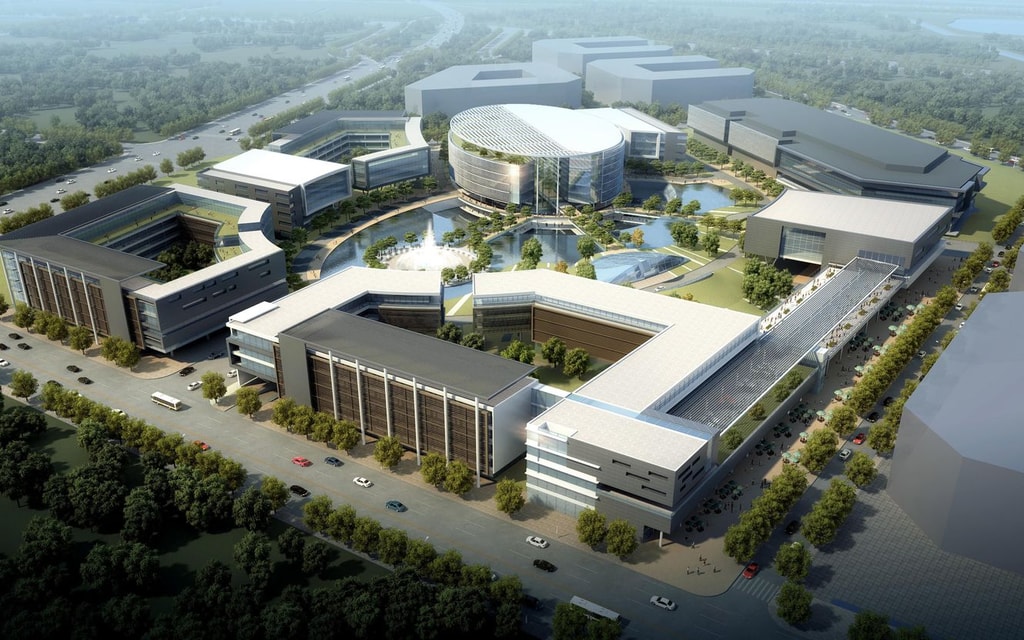
At the heart of this vision is resilience, both in connectivity and in urban design. Cities must be prepared to adapt to rapid technological advancements, shifting social needs, and environmental challenges. This means prioritising energy systems that are efficient, sustainable, and circular, capturing and reusing energy wherever possible. Data centres, despite their energy intensive nature, hold the key to this transition. By rethinking their role within cities, we can turn them from energy consumers into energy providers, creating a virtuous cycle that benefits both people and the planet.
The future of cities depends on their ability to adapt and innovate. Embracing energy circularity through data centres and designing for the future community lifestyles inspired by AI is just one part of a broader movement toward sustainable, people centred urbanism. By designing cities where physical and digital spaces coexist, and where energy systems are integrated into the urban fabric, we can create environments that attract investment, encourage community activity, and drive growth with the evolution of AI and robotics.
As architects, engineers and urban designers, we have a responsibility to future proof and ensure that the cities we create are not just efficient but also enriching. Future cities should be places where people want to live, work, play and co-exist with technology. By seizing the opportunity to reimagine and repurpose data centres as energy hubs as part of city blocks, we can help cities meet the challenges of the 21st century and build a more sustainable and decarbonised future.
Related Links
The regeneration game
Nestled across the Mersey from Liverpool, The Wirral holds a world of potential waiting to be unlocked.
The urban umbrella
Adrian Price describes The Well, a vibrant new community in the heart of Toronto, designed to connect people with the city.
